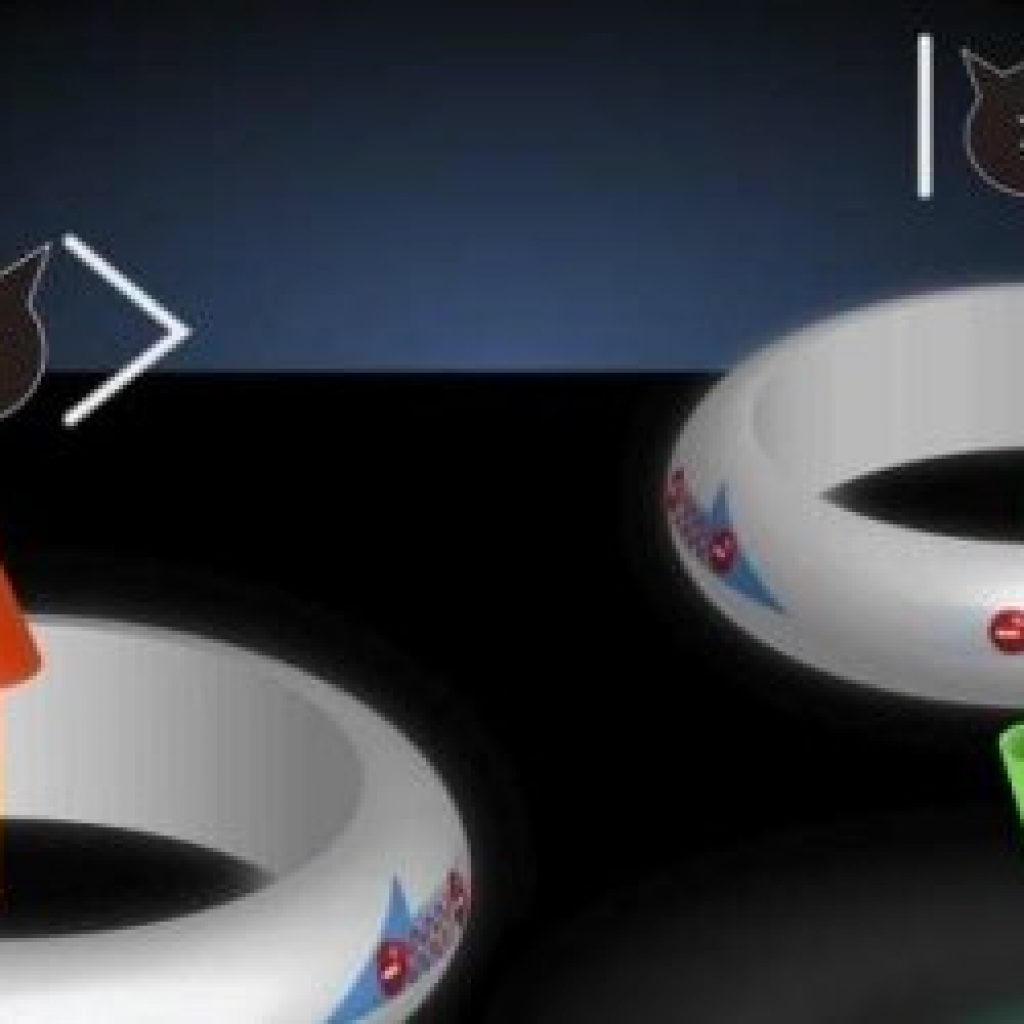(Phys.org) Johns Hopkins researchers have found that a certain superconducting material contains special properties that could be the building blocks for technology of the future.
Today’s computers use bits, represented by an electrical voltage or current pulse, to store information. Bits exist in two states, either “0” or “1.” Quantum computers, based on the laws of quantum mechanics, use quantum bits, or qubits, which do not only use two states, but a superposition of two states.
“A more realistic, tangible implementation of qubit can be a ring made of superconducting material, known as flux qubit, where two states with clockwise- and counterclockwise-flowing electric currents may exist simultaneously,” says Chia-Ling Chien, Professor of Physics at The Johns Hopkins University and another author on the paper. Yufan Li, a postdoctoral fellow in the Department of Physics & Astronomy at The Johns Hopkins University is the paper’s first author.
Scientists have yet to discover the intrinsic spin-triplet superconductor needed to advance quantum computing forward, but Li is hopeful that the discovery of β-Bi2Pd’s special properties, will lead to finding Majorana fermions in the material next.
Researchers Discover Material that Could Someday Power Quantum Computers
